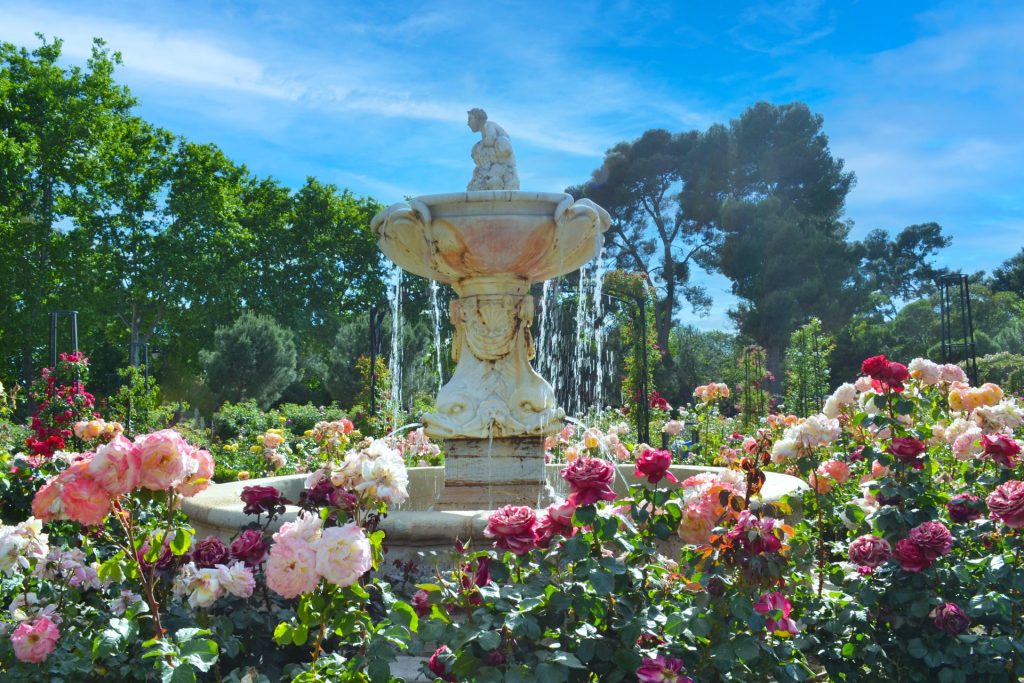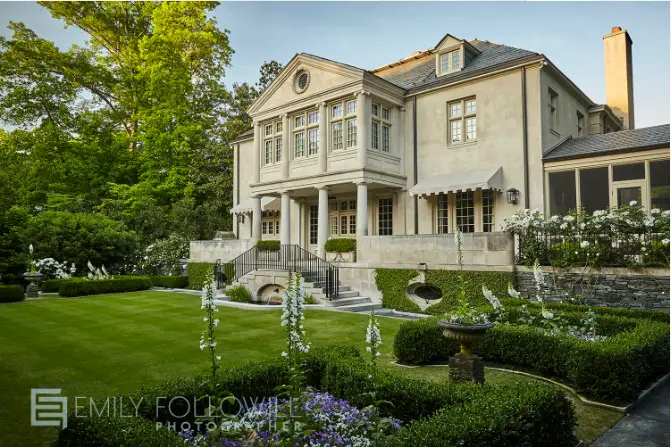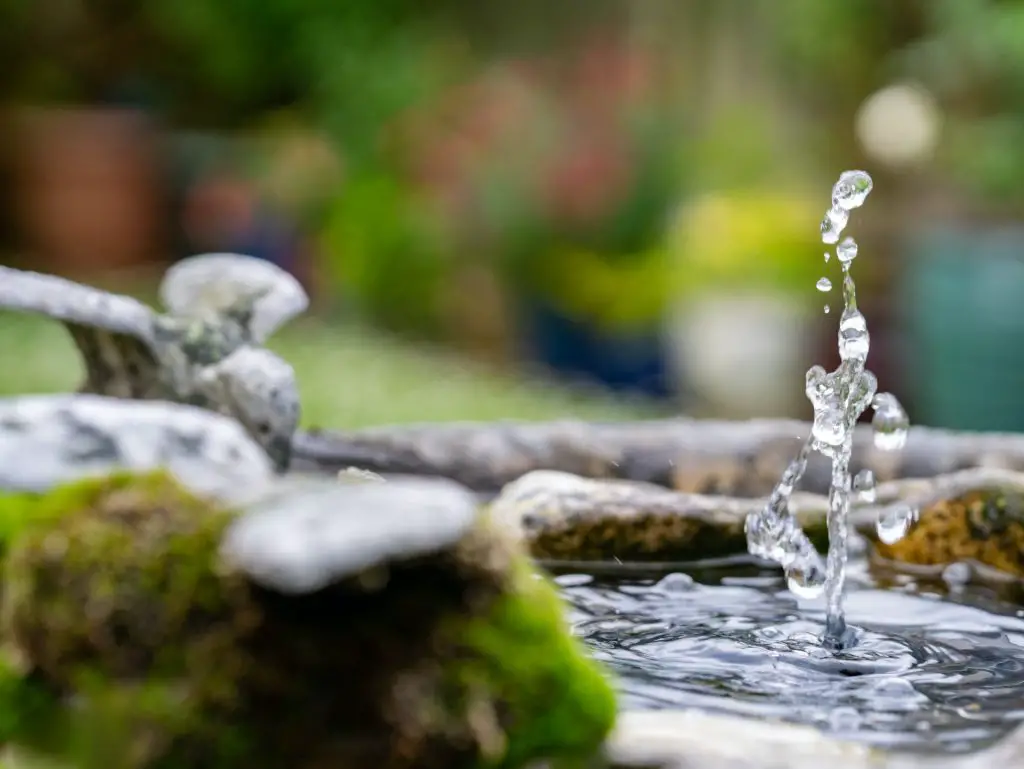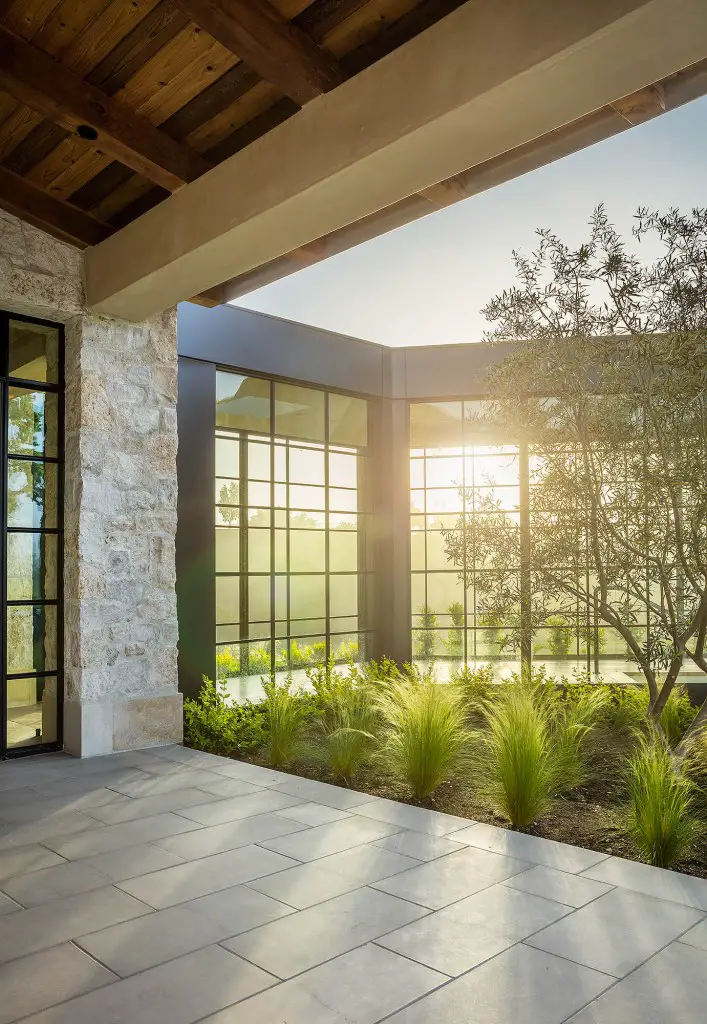The soft sound of flowing water can trigger a sense of peace and serenity. In fact, the mere sight and sound of water can prompt a flood of neurochemicals that stimulate wellness, boost blood flow to the heart and brain and cause relaxation.
Even if your home isn’t close to a stream, you can always introduce a water feature into your living space.
A water feature could be a beautiful and multipurpose addition to your garden. It could serve as a focal point and also create a sense of tranquillity in your home. No matter if your garden is big or small, you can always incorporate a water feature ideal for your living space.

Here are some tips on how to pick the right water feature for your space:
Choose a Space
From the moment you settle on getting a water feature, the first thing you need to decide on is choosing the right spot for installation.
The amount of space available to work with will help inform your decision on the kind of water feature most suitable for your space. Whether it’s going to be a flowing water feature or a still water feature has to be decided at this stage.
Integration with the Surroundings
Knowing exactly how your water feature will blend in with your garden is important. Existing elements like the gradient of the land, natural lighting, preferred sitting space, and the available shade should all be considered.
The ambiance of your garden will tell you what style of water feature to use. Some gardens go well with water features that are modern and curated with elegant, clean, and crisp themes. Others welcome the wild, vibrant, and rustic-themed water feature.
It will do you good to also put into consideration the average weather condition of your local area.
Knowing the Size and Utility

Your lifestyle, regular activities, and personal taste play a huge part in making this choice for you. With this in consideration, you can decide on exactly what function you want your water feature to provide. Whether a large pool that entices family and friends to take a refreshing dip or a pool of still water that serves as a reflective pond.
This will influence the size of your feature and the amount of money you’re willing to splash on it.
Planning the Proper Drainage
An important part of your preparation should be planning good drainage. Gardens can be damaged by poor drainage, turning lawns into swamps, making the soil too soggy for plants to thrive, and destabilizing surface finishes.
A french drain, also known as a sub-soil drain, is practically a trench filled with gravel (or rock or rubble and the likes) and/or a perforated pipe that eliminates surface water and groundwater from an area and channels it somewhere else.
Another drainage solution is the soakaway, with or without attenuation crates. A soakaway can be simply made by digging a hole into the ground and filling it with rubble or coarse stone. This allows surface water to slowly sift back into the earth close to where it falls.
If you are installing a significant-sized feature like a large fountain or a pool, you might need to look for trench drains for sale to fit your needs. These can be installed and designed to integrate seamlessly with your water feature’s aesthetic. A trench drain will help you keep your permanent water feature safe and in great shape.
Simple Water Feature Designs for Your Space

These are a few practical, do it yourself designs you could harness in making your water feature
Two-tier water feature
Materials needed
- Bigger (about 18 inches) ceramic pot
- smaller ceramic pot
- drill and spade bit
- water pump with plastic tubing
- Silicone sealant
- Industrial strength glue
- 4 wooden feet
- 12-inch plastic pot
- 6-inch plastic pot
Procedure
- Make a hole at the bottom of the bigger ceramic pot using the drill and bit.
- Put the water pump in the pot and pull the power cord through the hole.
- Using silicone sealant, make sure the power cord is secure.
- Glue the four wooden feet to the base of the ceramic pot with the industrial glue
- Now seal the hole completely with silicone
- Drill a hole at the base of the 12-inch plastic pot. make small holes around the sides as well
- Then make one hole at the base of the 6-inch plastic pot
- Cut plastic tubing and insert it into the water pump.
- Turn the 12-inch pot upside down, inserting the plastic tubing through the hole at the base
- Place it inside the large ceramic pot.
- Pass the tubing through the hole in the smaller ceramic pot and place it above the plastic one.
- Plug the hole with silicone
- Turn the 6-inch pot on its head and insert the tubing through the hole at the base
- Place it inside the smaller ceramic pot
- Fill both pots with fancy rocks and water
- Finally, turn on the water pump and enjoy your new water feature.
Pondless Water Feature

Materials Needed
- Submersible fountain pump (electric or solar)
- Plastic tubing
- Water basin
- Grate to cover water basin
- Hardware cloth
- Garden staples
- Outdoor extension cord
- Pond Nozzle kit
- Rocks or stones
- Shovel, hose, dirt, etc.
Procedure
- Dig a hole to size the basin
- Insert basin into the hole
- Couple the pump
- Cover pump with cheesecloth and attach to the bottom of the basin
- Place metal grate on top of the basin at ground level
- Use the hardware cloth to cover the grate (screen)
- Using the hardware cloth fashion a trap door to enable servicing the pump
- Make the pump easily accessible when necessary
- Bury edges of the screen in the soil
- Add rocks on top of the screen area
- Add water to your basin
- Turn on and enjoy your new water feature
Create your own Zen Space
Water features are not only aesthetically pleasing, but they are also therapeutic as well. They create the perfect environment for relaxing after a long day.
There are loads of ways to get creative with your water feature, but the nice part is that you can always find the perfect water feature for your space. No matter the size of your space, you’re just a decision away from having that zen style environment you’ve always wanted. Remember to keep it simple.
Thanks to duratrench.com for consulting on this post.
























